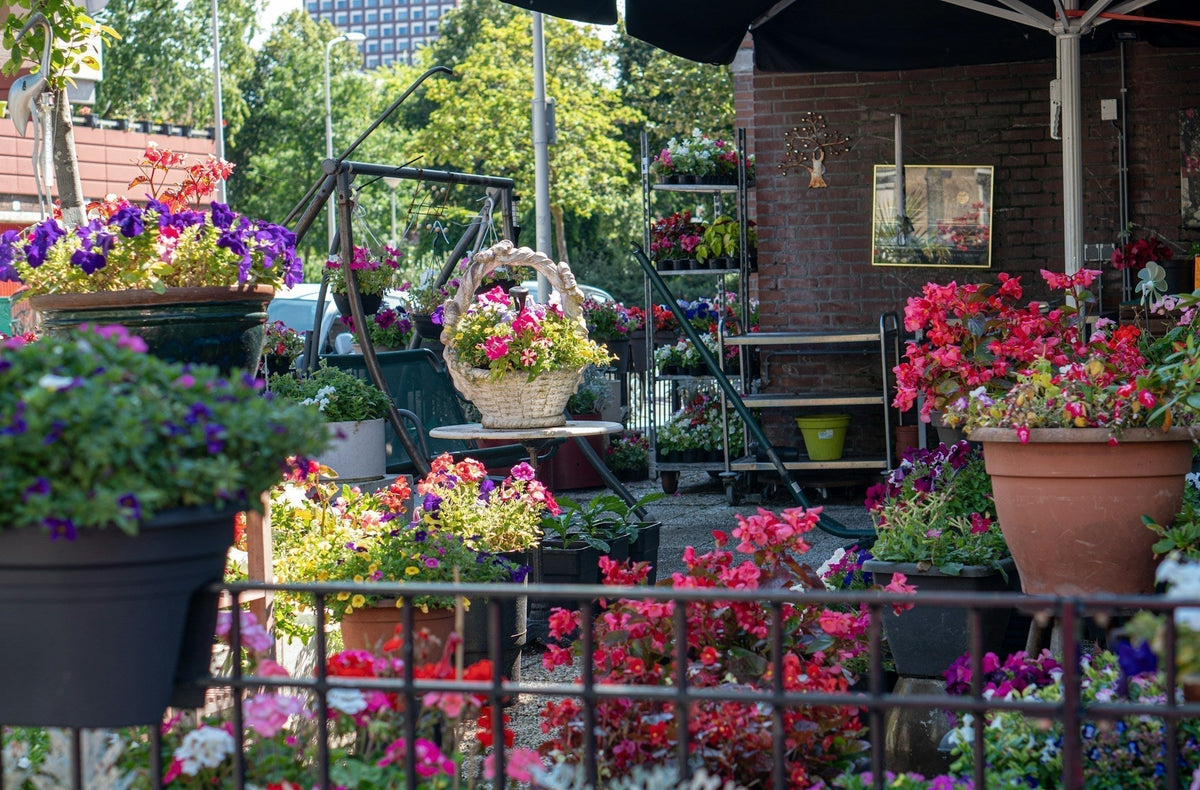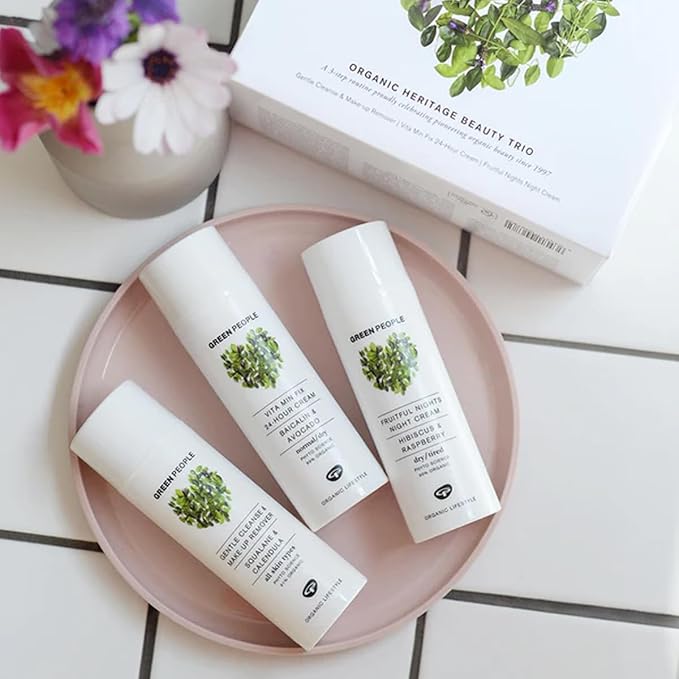Living sustainably doesn’t mean giving up life’s sweet moments. In fact, even your whipped toppings can be part of an eco-conscious lifestyle. At EcoBlog, we explore how pairing plant-based desserts with reusable kitchen tools can reduce waste without compromising on flavour. From aquafaba whips on vegan chocolate cake to coconut cream over grilled pineapple, conscious indulgence is easier than ever. Tools like stainless steel dispensers and flavour-infused chargers offer both sustainability and culinary creativity. Whether you're exploring what is Exotic Whip or seeking ways to create mindful kitchen rituals, this guide blends sustainability with sensory delight. Embrace guilt-free treats that align with your values and elevate your green living game because living well and living responsibly can (and should) go hand in hand.
Share your articles with us and get published! Reach out at hello@friendlyturtle.com.
10 Sustainable Gardening Ideas for Small Spaces

Small outdoor spaces don’t have to limit your green thumb. With the right garden ideas, you can grow fresh food and beautiful plants even in a tiny patio garden or balcony garden while staying eco-friendly. From smart setups to sustainable habits, this guide shows how to make the most of your limited space. Are you ready to turn your corner into a green garden oasis?
1. Grow in Containers
Container gardening is one of the easiest ways to grow plants in tight spots. You don’t need fancy pots, just use what you already have, like old buckets, wooden crates, ceramic pots, or cloth grow bags. This cuts down on waste and saves money, making it a smart move for any patio garden or balcony garden.
Make sure containers have drainage holes and choose the right depth based on the plant. Herbs and leafy greens do well in shallow pots, while root vegetables like carrots need deeper ones. For a more efficient setup, use steps or shelves to stack containers at different heights, or try deck railing planters to make use of elevated spaces and keep your garden off the ground.
Group your potted plants by how much sunlight they need, and rearrange them easily as the seasons change. That’s one major perk of a container-based garden. Yes, you’re not locked into one layout. With just a little planning, your space garden can thrive in even the most limited space.
2. Vertical Gardening
If you’re short on ground space, go up! Vertical gardening is perfect for patios, balconies, and tight garden plots. You can use fences, walls, or railings to hang planters, pocket systems, or stackable pots. Reuse wooden pallets, ladder shelves, or wall-mounted racks to turn unused vertical space into productive garden zones. Vertical gardens also allow for better airflow, which helps prevent mold and disease buildup, especially in humid areas.
Try growing pole beans, strawberries, cherry tomatoes, nasturtiums, or small cucumbers. These plants either climb or trail naturally, making them ideal for green walls. Vertical setups can also work indoors near sunny windows, giving apartment dwellers a chance to grow food year-round.
This method not only saves ground space but also adds beauty and height to your patio garden or balcony garden. Plus, caring for plants at eye level makes gardening more enjoyable and easier on your back.
3. Try Companion Planting
Companion planting helps you save room and grow healthier crops. Planting two or more types together, like basil and tomatoes or carrots and onions, keeps pests away and boosts plant health. It’s a clever way to maximize garden spaces, especially in a vegetable garden with limited containers. Pair plants with similar needs, and you’ll get better flavor, better growth, and fewer pest problems without needing a larger garden.
4. Use a Small Compost Bin
Even a small garden plot or patio can support composting. A simple bucket with a lid can turn veggie scraps, coffee grounds, and paper into rich soil. Just avoid meat or dairy, and stir it often to prevent smells. This compost feeds your plants and cuts down on trash. It's a smart, low-cost step toward sustainability, even if you don’t have a ground garden.
5. Choose Native or Low-Maintenance Plants
When working with limited space, pick plants that thrive without extra effort. Native plants and evergreen shrubs usually need less water and resist pests. You can also grow low-maintenance plants like lavender, succulents, or mint. These work well in flower beds, containers, or any small corner. They’re perfect for creating a beautiful setup without the stress of managing a larger space.
6. Build a Mini Rainwater Catchment System
Watering often is key in small setups, especially in containers that dry out quickly. A mini rainwater system can help. Place a clean bin under a downspout or leave it outside during storms to collect water. Use a screen to keep bugs out. It’s perfect for a patio garden and supports frequent watering during dry days. Plus, it saves money and keeps your plants strong.
7. Grow Food You Actually Use
In a space garden, every inch counts. So, grow what you love and actually eat. Think herbs and veggies that you cook with often: lettuce, green onions, basil, chili peppers, or cherry tomatoes. Many of these thrive in containers and require little space. You can also plant compact varieties like dwarf kale or patio tomatoes for even better results.
Succession planting is another great trick: once you harvest one crop, plant another in its place to keep the food coming. For example, after picking your lettuce, you can sow another round right away. It’s a smart way to make the most of each garden bed or pot.
Plus, harvesting straight from your herb garden or balcony garden means less packaging waste, fewer grocery runs, and much fresher meals. That’s real value from a small garden.
8. Use Natural Pest Control
Keep your garden safe without harsh sprays. In small garden spaces, it’s easier to manage pests naturally. Use neem oil, reusable spray, or invite helpful bugs like ladybugs. Herbs like rosemary or mint can also keep bugs away. These methods are gentle on the environment and help keep your garden oasis thriving without harmful chemicals.
9. Rotate Plants to Keep Soil Healthy
Even container gardens benefit from rotating crops. Switching plant types in each garden bed or container every season helps prevent disease and improves soil health. Try replacing leafy greens with root crops or switching herbs between containers. This simple habit protects your ground space and keeps your limited soil in better shape for long-term growing.
10. Start with Seeds, Not Seedlings
Growing from seeds saves money and cuts down on waste. Instead of buying seedlings, start your own with seed packets. Many easy options like radishes, basil, green beans, or pole beans sprout quickly. Use containers in a sunny spot, keep the soil moist, and watch your balcony garden bloom. It’s a fun, affordable way to grow a personal veggie or herb garden.
Your Green Journey Starts Here
You don’t need a larger space or a larger garden to grow something meaningful. With creativity and the right tips, even the smallest plot can become a thriving garden oasis. Choose one idea and get started today. So, dig in, go green, and build your own small-space garden haven!
0 comments
Let customers speak for us
Blog posts
At Friendly Turtle’s EcoBlog, we explore natural, sustainable ways to boost collagen and promote healthy skin without synthetic ingredients. From marine and plant-based supplements to nutrient-rich foods like citrus fruits, bone broth, and leafy greens, your diet can support collagen production. Complement these with botanical skincare ingredients such as rosehip oil and aloe vera, while adopting eco-conscious lifestyle habits good sleep, hydration, sun protection, and stress management. Simplify your skincare routine with minimalist, low-waste products or even DIY treatments. Achieving radiant skin and supporting the planet can go hand in hand.
Choosing eco‑friendly renovation partners starts with asking the right questions. First and foremost, “Which materials will you use?” - look for sustainably sourced or recycled options like composite decking made from reclaimed plastics. “Can you preserve existing greenery?” Smart designers can build around trees and shrubs instead of removing them. Don’t forget to ask, “How will you handle waste disposal?” - green contractors prioritise recycling and proper disposal. Also, check for certifications or eco‑renovation experience - portfolios and green building credentials show genuine commitment. Finally, “What’s your plan and timeline?” – a clear strategy gives you oversight and confidence your project stays green from start to finish. Asking these helps ensure your renovation protects nature, reduces waste, and promotes sustainable living-just what EcoBlog champions for eco‑aware homeowners.




